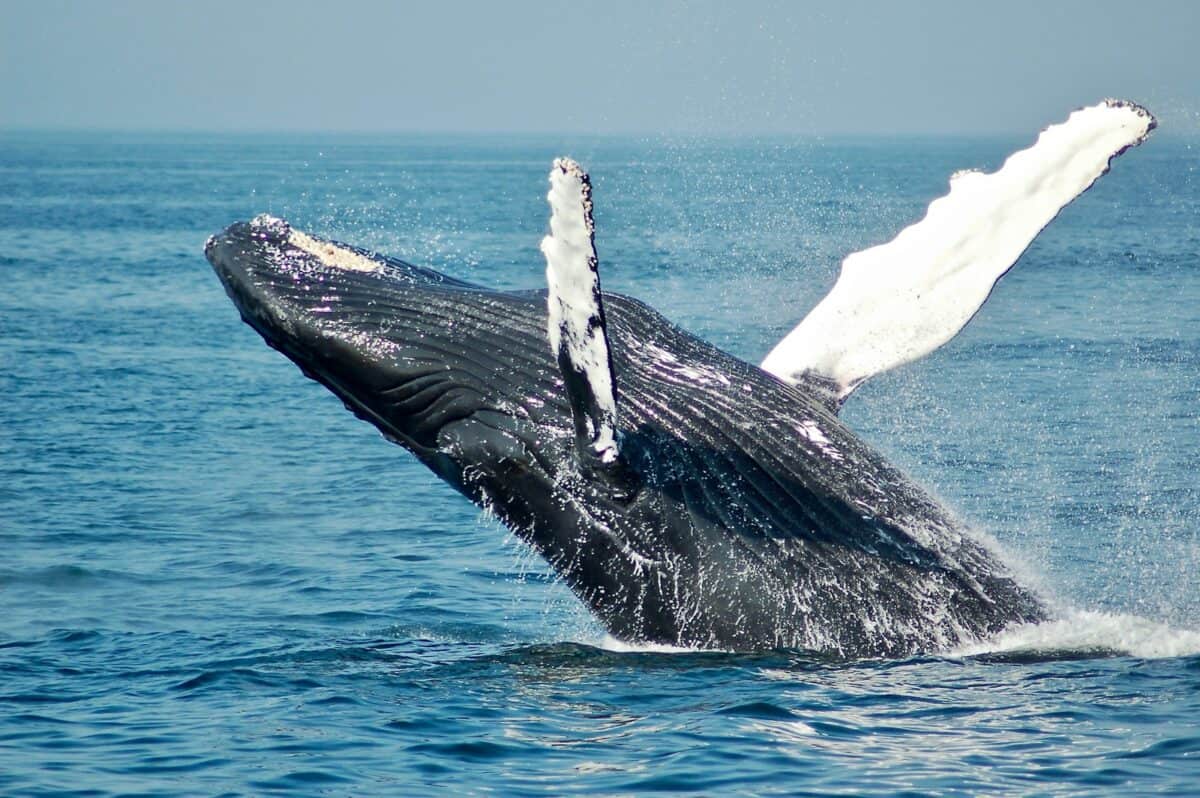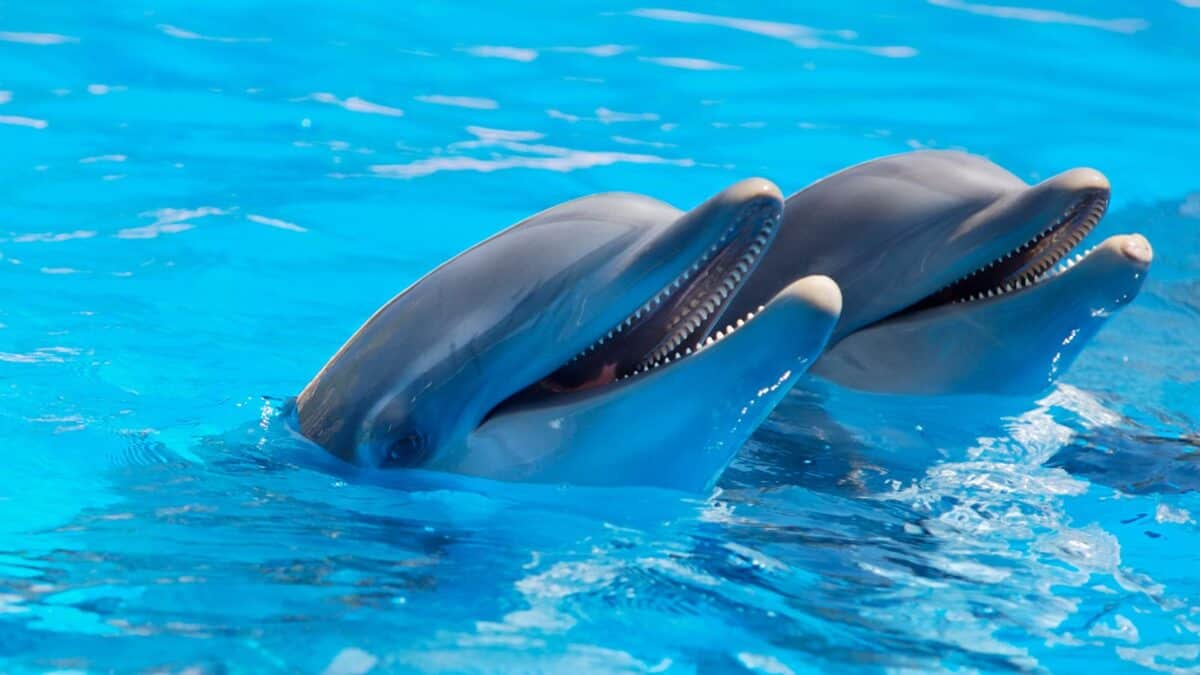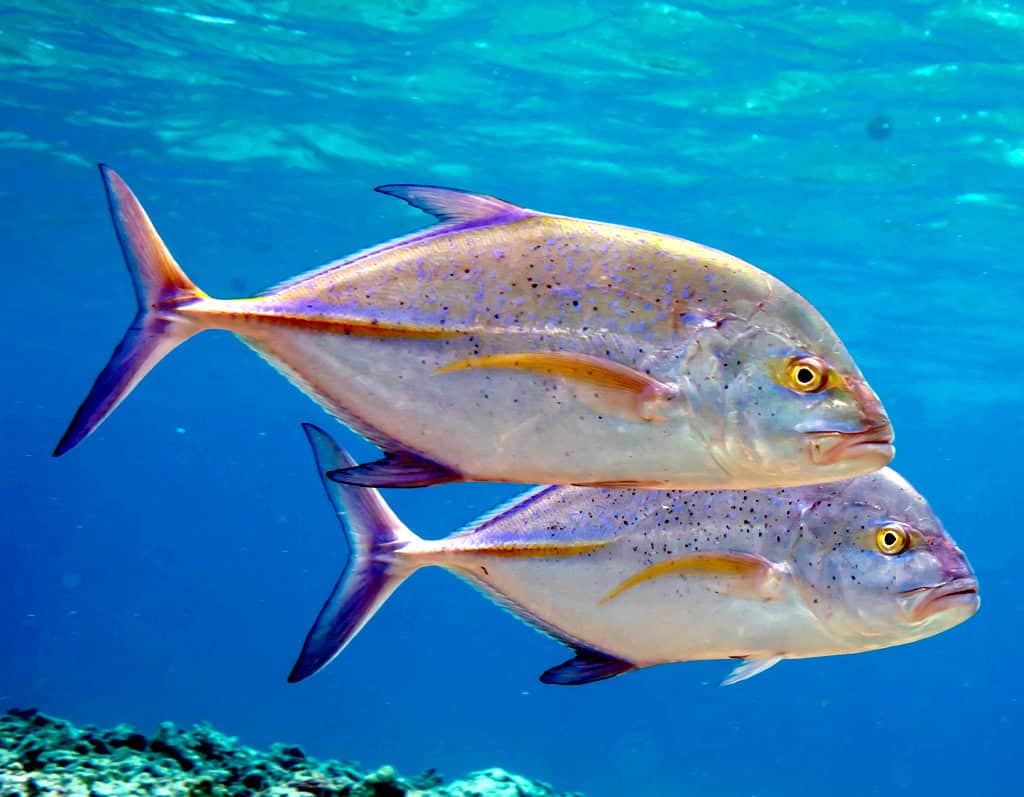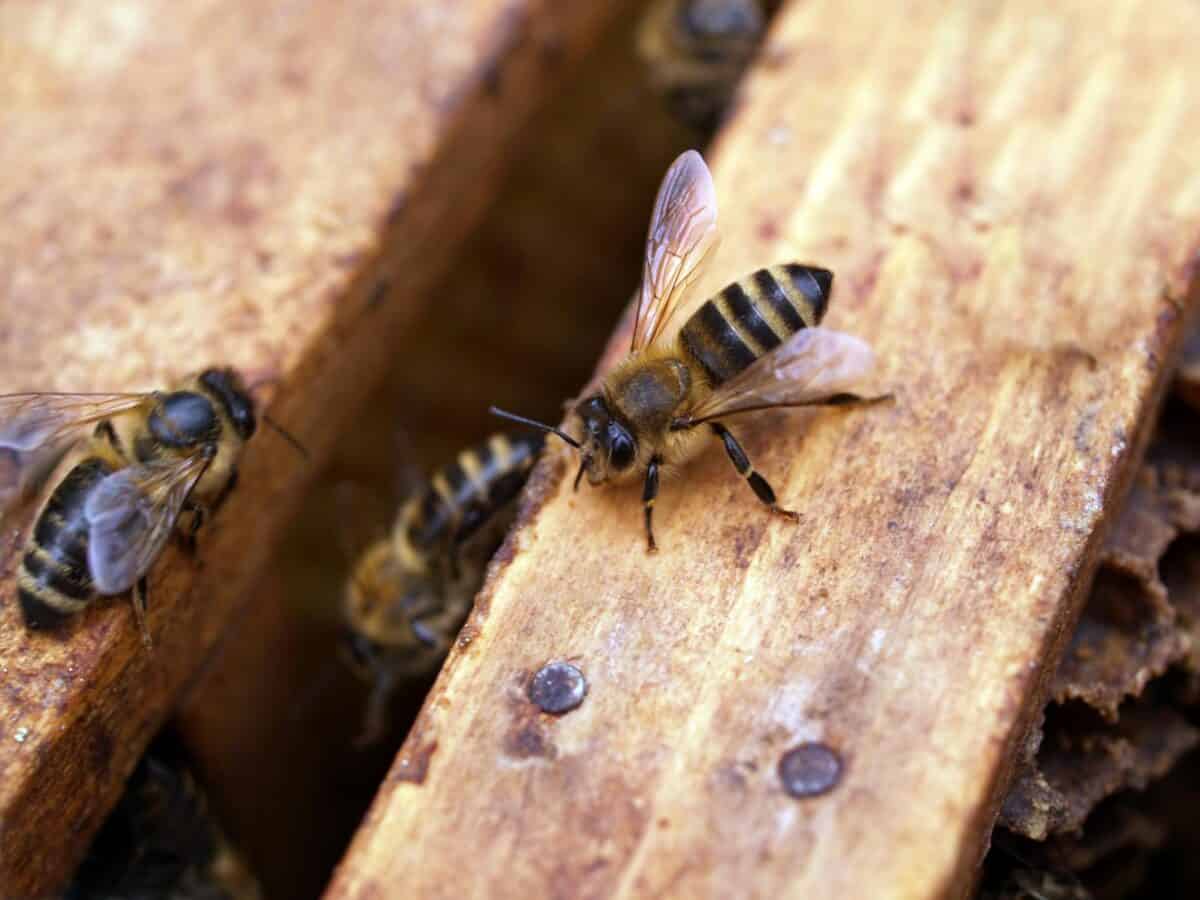The concept of fairness and justice has long been considered a uniquely human trait rooted in our complex moral reasoning and social structures. However, groundbreaking research in animal behavior and cognition has revealed that numerous species demonstrate a remarkable understanding of equitable treatment and fair play. From refusing unequal rewards to enforcing social norms within their communities, these creatures challenge our assumptions about the exclusivity of moral understanding to human societies. This article explores twelve fascinating animals that exhibit behaviors suggesting they comprehend and value fairness and justice in their own distinctive ways. It offers us a humbling perspective on the evolutionary roots of morality and ethical reasoning in the animal kingdom.
12. Capuchin Monkeys The Pioneers of Fairness Research

Capuchin monkeys provided the first compelling evidence of fairness recognition in non-human animals through a now-famous study conducted by primatologist Frans de Waal and his colleague Sarah Brosnan. In their groundbreaking “inequality aversion” experiment, two capuchins would perform the same task, but one would receive a grape (a highly valued treat) while the other received a cucumber slice (less desirable). The monkey receiving the cucumber slice frequently reacted with clear indignation—refusing to participate further, throwing the cucumber away, or displaying signs of agitation. This response, now termed the “inequality aversion,” demonstrated that capuchins have expectations about fair treatment and react negatively when those expectations are violated. Further research has shown that capuchins also understand reciprocity, remembering which group members share food fairly and preferentially cooperating with fair partners in future interactions.
11. Chimpanzees Our Closest Relatives with a Strong Sense of Fairness

As our closest genetic relatives, chimpanzees demonstrate a sophisticated understanding of fairness that closely resembles human concepts of justice. Studies have shown that chimps will reject inequitable outcomes even when it means they receive nothing at all—a remarkable display of principle over self-interest. Researchers at the Max Planck Institute found that chimpanzees who observe unfair distribution of resources will actively protest, sometimes by refusing to participate in further activities or by displaying aggressive behaviors toward experimenters. Even more impressively, chimps show third-party fairness concerns, intervening when they observe another individual being treated unfairly, even when they themselves are not directly affected. In their natural social groups, chimpanzees enforce fairness through complex political alliances, sometimes forming coalitions to depose alpha males who abuse their power or fail to share resources equitably with the group.
10. Wolves Justice in the Pack Hierarchy

Wolves live in highly structured social groups that depend on cooperation for hunting and survival, and within these packs, they exhibit clear notions of fairness. Wolf packs operate under a sophisticated social contract where leadership comes with responsibilities as well as privileges. Contrary to popular misconceptions about “alpha wolves” ruling through aggression, research by wolf experts like L. David Mech shows that pack leaders maintain their position through fair distribution of resources and judicious use of authority. When a wolf consistently violates social norms by hoarding food, bullying packmates, or failing to contribute to group hunts, other wolves may collectively challenge this behavior through non-violent forms of correction or, in extreme cases, expulsion from the group. Young wolves learn these social rules through play, where they practice taking turns and self-handicapping (holding back their full strength) when playing with smaller or weaker pack members—behaviors that form the foundation for fair social interactions in adulthood.
9. Ravens The Feathered Arbiters of Fairness

Ravens, among the most intelligent birds, demonstrate remarkable understanding of fair exchange and social contracts. Research at the University of Vienna has shown that ravens keep track of fair and unfair partners during cooperative tasks. When a raven helps another access food but doesn’t receive help in return, they remember this inequity and subsequently refuse to cooperate with the “unfair” partner in future interactions. Even more impressively, ravens appear to engage in third-party evaluation of fairness—they observe interactions between other ravens and form opinions about which individuals are trustworthy cooperators. These highly social birds maintain complex networks of alliances based partly on reputations for fairness. Ravens that consistently share food equitably gain more social partners and better positions in the group hierarchy. Researchers have also observed what appears to be “consolation behavior,” where ravens will comfort victims of unfair aggression, suggesting an understanding of justice that extends beyond simple self-interest to broader social harmony.
8. Elephants Gentle Giants with a Strong Moral Compass

Elephants possess one of the animal kingdom’s most sophisticated understandings of fairness, embedded within their complex matriarchal societies that span generations. Studies by elephant cognition researchers have documented numerous examples of elephants enforcing fairness norms within their herds. Matriarchs ensure resources like water and food access are distributed equitably, preventing stronger individuals from monopolizing critical resources during scarcity. Young elephants who behave selfishly are corrected through a graduated system of discipline, from gentle nudges to temporary social exclusion. Perhaps most remarkably, elephants demonstrate what appears to be a sense of cross-species justice. There are well-documented cases of elephants distinguishing between human communities that have treated them fairly versus those that have hunted or harmed them, avoiding areas associated with unfair treatment. They also exhibit what ethologists call “fairness enforcement”—intervening when they witness unfair treatment of another elephant, even when not directly affected themselves, suggesting a concept of justice that transcends immediate self-interest.
7. Dogs Fairness Sensitivity in Our Canine Companions

Our closest animal companions, dogs, show clear evidence of fairness expectations, particularly in their interactions with humans and other dogs. In studies modeled after the capuchin monkey experiments, dogs were asked to “shake hands” for rewards. When one dog received treats for the same action that earned another dog no reward, the unrewarded dogs frequently stopped participating and showed signs of stress or avoidance. Interestingly, dogs’ sense of fairness appears to be socially sophisticated—they react more strongly to unfairness from humans they know well versus strangers, suggesting they hold different expectations based on relationship quality. Dogs also show fairness sensitivity during play with other dogs, taking turns during games like tug-of-war and self-handicapping when playing with smaller or younger dogs. Researchers at the University of Vienna found that domestic dogs have likely evolved heightened sensitivity to fairness through thousands of years of co-evolution with humans, as their wild relatives (wolves) show similar but less pronounced fairness behaviors. This suggests that living alongside humans, with our complex social rules and moral systems, has enhanced dogs’ natural capacity for understanding justice.
6. Rats Surprising Fairness in Rodent Societies

Despite their often negative reputation, rats display remarkable prosocial behaviors, including clear demonstrations of fairness and reciprocity. In groundbreaking research at the University of Chicago, rats consistently freed trapped cage-mates even when there was no direct benefit to themselves and even when it meant sharing valued chocolate treats. Even more impressively, studies have shown that rats keep track of fair exchanges over time. When one rat helps another access food, the beneficiary is more likely to reciprocate that kindness in the future. If a rat consistently fails to reciprocate, others will eventually stop helping it—a basic form of fairness enforcement. Some of the most compelling evidence comes from play behavior among juvenile rats, who maintain “fair play” through self-handicapping and taking turns in dominant positions. If a rat plays too roughly or doesn’t follow the unwritten rules of fair play, its companions will refuse to play with it in future interactions. These behaviors suggest an inherent understanding that fairness contributes to social cohesion, making rats surprisingly sophisticated moral agents despite their small brain size.
5. Bottlenose Dolphins Marine Mammals with Complex Justice Systems

Bottlenose dolphins live in complex social groups called pods where cooperation and fairness are essential to social harmony. Marine biologists have documented sophisticated systems of resource sharing among dolphins, particularly during coordinated hunting. When dolphins work together to herd fish into accessible groups, they take turns feeding rather than competing chaotically, suggesting an understanding of equitable access to jointly earned resources. Dolphins also demonstrate what appears to be third-party enforcement of fairness—when one dolphin behaves aggressively or selfishly, others in the pod may intervene to correct the behavior through various forms of discipline, from vocal reprimands to temporary social exclusion. Researchers at the Dolphin Communication Project have observed what appears to be reconciliation behaviors after conflicts, with dolphins making specific reconciliatory gestures to restore social harmony. Perhaps most impressively, dolphins have been documented protecting injured pod members, sharing food with them, and adjusting group movement speed to accommodate them—behaviors that suggest a concept of justice that includes special consideration for vulnerable group members.
4. Cleaner Fish Underwater Justice Practitioners

Some of the most surprising evidence for fairness understanding comes from the ocean’s tiny cleaner fish (primarily the cleaner wrasse), who remove parasites from larger “client” fish at cleaning stations on coral reefs. These small fish demonstrate sophisticated fairness behaviors that were once thought impossible in non-mammalian species. Research by marine biologists at the University of Queensland has shown that cleaner wrasse carefully balance self-interest with fairness when servicing their clients. While they prefer to eat the client fish’s protective mucus (which is tastier but harmful to remove), they primarily consume parasites instead—essentially following a fair service contract. If they cheat by eating too much mucus, client fish may swim away or take their business to more honest cleaners. Remarkably, cleaner fish behave more fairly when being observed by potential future clients, suggesting reputation management. They also remember which clients they’ve cheated and subsequently provide better service to those clients in future interactions, apparently attempting to repair damaged business relationships. These behaviors reveal a sophisticated understanding of equitable exchange that helps maintain the mutually beneficial cleaning symbiosis.
3. Crows and Jays Corvids with a Sense of Justice

The corvid family—crows, ravens, jays, and their relatives—demonstrates some of the most sophisticated fairness behaviors in the animal kingdom. New Caledonian crows, known for their tool-making abilities, also show remarkable sensitivity to fair treatment. In experiments at the University of Auckland, crows who observed others receiving better rewards for the same task showed classic signs of frustration and inequity aversion. Even more impressively, jays and crows remember individuals who have treated them unfairly and adjust their behavior accordingly, refusing to cooperate with those who have previously cheated them. Western scrub jays take fairness a step further—they engage in sophisticated food-sharing with their mates, appearing to understand the concept of equitable division. These birds also enforce fairness within their social groups through a combination of alliance-building and targeted aggression toward individuals who violate social norms. Most remarkably, corvids appear to understand the concept of property rights, respecting the territorial and resource claims of others who have legitimately established them, while challenging those they perceive as unfairly obtained. This suggests they possess not just a simple aversion to inequity but a more complex understanding of justified versus unjustified resource possession.
2. Bonobos The Egalitarian Apes

While often overshadowed by their chimpanzee cousins, bonobos display perhaps the most sophisticated understanding of fairness among non-human primates. Unlike the more hierarchical social structures of chimps, bonobo society is characterized by remarkable egalitarianism, particularly regarding food sharing. Research at the Max Planck Institute has demonstrated that bonobos will voluntarily share high-value food with strangers without expectation of immediate return—behavior that suggests an intrinsic valuing of fairness beyond simple reciprocity. When presented with opportunities to monopolize resources, dominant bonobos frequently choose more equitable distribution, even at personal cost. Perhaps most impressively, female bonobos form coalitions that actively prevent males from monopolizing resources or power, enforcing a kind of “checks and balances” system that maintains social equity. Bonobos also show sophisticated third-party fairness concerns, intervening when they observe unfair treatment between others. Unlike many species whose fairness behaviors appear limited to close group members, bonobos extend fair treatment to strangers and even members of other groups, suggesting a more universalized concept of justice that some researchers have compared to human moral systems.
1. Bees Collective Justice in the Hive

Despite their tiny brains, honeybees demonstrate remarkable collective enforcement of fairness that maintains the integrity of their highly cooperative societies. Worker bees who attempt to lay eggs (normally the queen’s exclusive role) face swift justice from “police” worker bees who destroy the unauthorized eggs. This enforcement is remarkably precise—the police bees only destroy eggs laid by workers, not those laid by the queen, suggesting they understand and enforce legitimate versus illegitimate reproduction. Honeybees also maintain fairness in workload distribution. When researchers artificially create colonies with imbalanced worker types, bees will change their behaviors to ensure equitable division of labor, with individuals taking on tasks outside their normal specializations to maintain colony function. Perhaps most impressively, bee colonies practice a form of democratic decision-making when selecting new nest sites, with scout bees presenting different options and the colony collectively choosing the best site through a sophisticated consensus-building process that gives fair consideration to all options. While individual bees may not comprehend fairness in the way mammals do, their collective behaviors create systems that function according to principles remarkably similar to human concepts of procedural justice.
Conclusion: Understanding Animal Justice, What It Means for Humans

The growing evidence that numerous species understand and value fairness challenges our long-held beliefs about human exceptionalism in moral reasoning. This research suggests that the foundations of justice and ethics may be deeply rooted in our evolutionary history, emerging not as abstract philosophical concepts but as practical adaptations for successful group living. Understanding that fairness has biological roots doesn’t diminish human moral achievements but rather places them in a richer context of evolved social cognition. The diverse ways that different species implement fairness—from bonobos’ egalitarianism to bees’ strict enforcement of reproductive rights—offers us a broader perspective on what justice can mean and how it can be maintained in social groups. Perhaps most importantly, recognizing the moral capacities of our fellow creatures creates an ethical mandate to consider their welfare and interests when making decisions that affect them, expanding our circle of moral concern beyond the boundaries of our own species.
- 12 Creatures That Understand Fairness and Justice - August 10, 2025
- 13 Reasons Why Guinea Pigs Make Great Starter Pets - August 10, 2025
- The Surprising State That Now Home to More Bald Eagles Than Alaska - August 10, 2025

